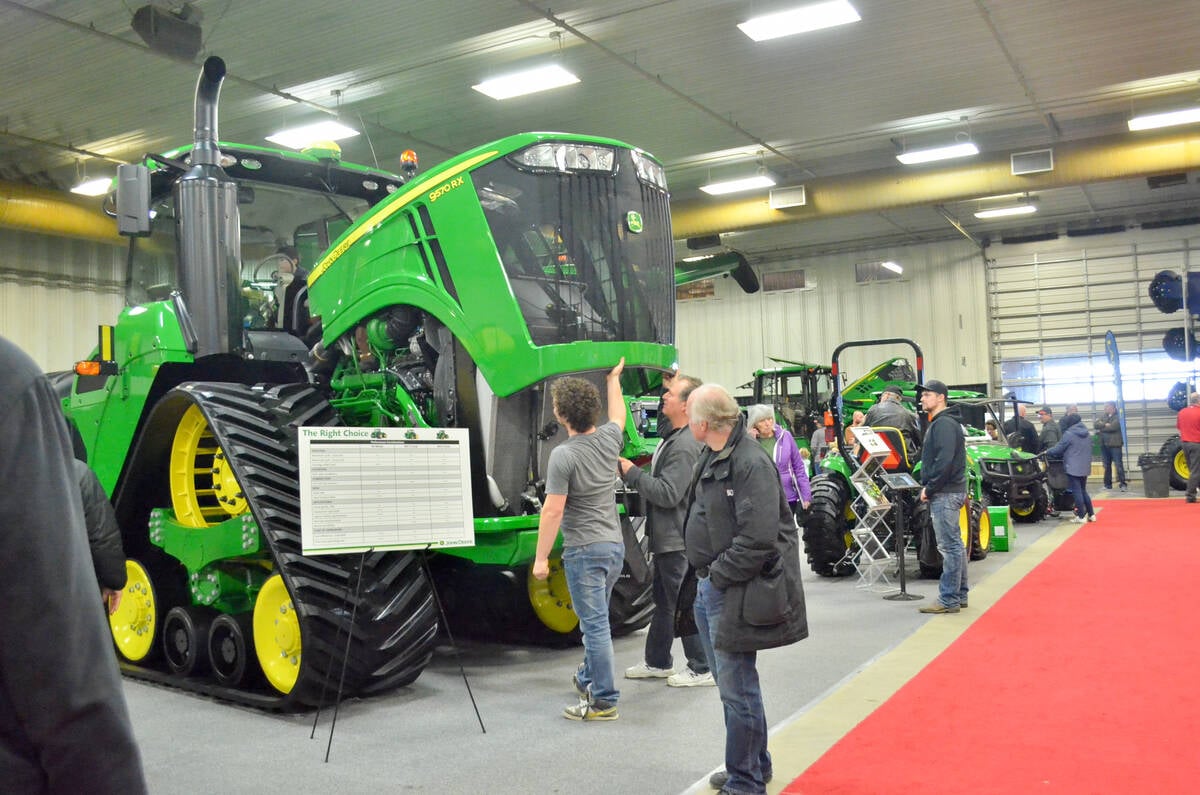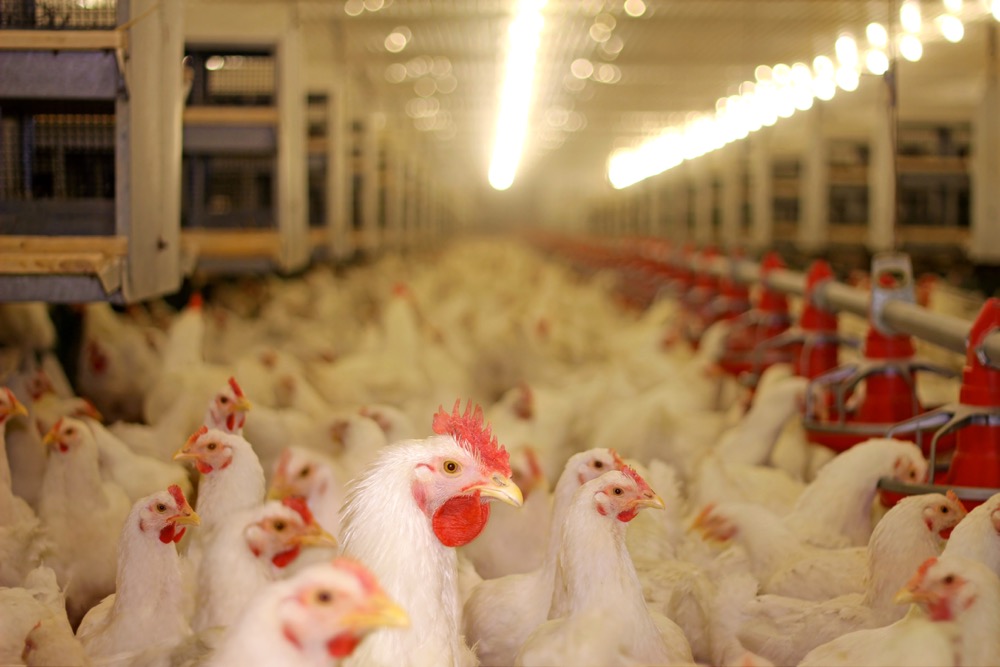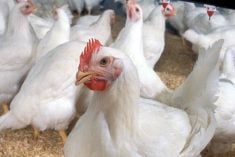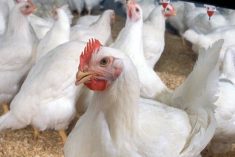Manitoba’s grace period with highly pathogenic avian influenza is at an end.
On Nov. 8, the Canadian Food Inspection Agency confirmed a case on a commercial poultry operation in the RM of Rhineland in south-central Manitoba.
It is the province’s first domestic case in almost a year. Manitoba’s last brush with HPAI in domesticated birds was Nov. 17, 2022, when it was found in a non-commercial, non-poultry premise in the RM of Woodlands.
Read Also

Manitoba Ag Days 2026 coming up fast
Canada’s largest indoor farm show, Manitoba Ag Days, returns to Brandon’s Keystone Centre Jan. 20-22, 2026. Here’s what to expect this year.
Since the start of the 2022 outbreaks that swept across Canada and the U.S., Manitoba has seen only 22 infections as of Nov. 9.
It dodged the losses seen in other parts of the continent. As of Nov. 10, the United States Department of Agriculture counted 61.53 million domestic birds since the start of 2022 that have been impacted by the disease, with the major poultry-producing state of Iowa worst hit. As of Nov. 8, the state had more than 16 million affected birds across 28 commercial and 13 backyard flocks.
Manitoba’s southern neighbour, North Dakota, has seen more than 295,000 birds affected and Minnesota counted about 5.6 million affected birds.
The disease significantly disrupted the U.S. poultry sector through 2022.
In Canada, Alberta and British Columbia have taken the brunt of the disease. As of Nov. 2, about 3.7 million domestic birds in British Columbia and 1.6 million in Alberta were impacted by HPAI.
Those numbers do not account for more recent confirmed infections.
At the same time as the CFIA announced the case in Manitoba, a further six infected premises were announced in British Columbia. Eighteen separate infections had been announced in that province since the start of November, as of Nov. 9. Alberta has reported 10 cases this fall, with one since the start of November.
Other cases this fall include six in Saskatchewan, one in Quebec and one in Ontario.
In total, since the start of the outbreak, just under 7.96 million domestic birds had been impacted in Canada as of Nov. 2.
Of those, 287,000 were in Manitoba, which had the sixth highest number among all provinces, according to the CFIA.
While not as high as other provinces, the provincial government noted the “unprecedented numbers of HPAI cases in both commercial and small poultry flocks during the spring and fall of 2022.
“HPAI risk increases during spring and fall wild bird migration season,” the province noted. “Manitoba Agriculture encourages small flock owners to watch their birds closely for sudden deaths, even when risk is low.”
Since the start of 2022, government officials, the CFIA and the feather sector have urged producers to ramp up biosecurity, limit avenues for domestic and wild bird contact and call a veterinarian immediately if HPAI is suspected in a flock.
As of Nov. 9, traffic control zones around Manitoba’s lone 2023 infection had not yet been determined by the CFIA.















